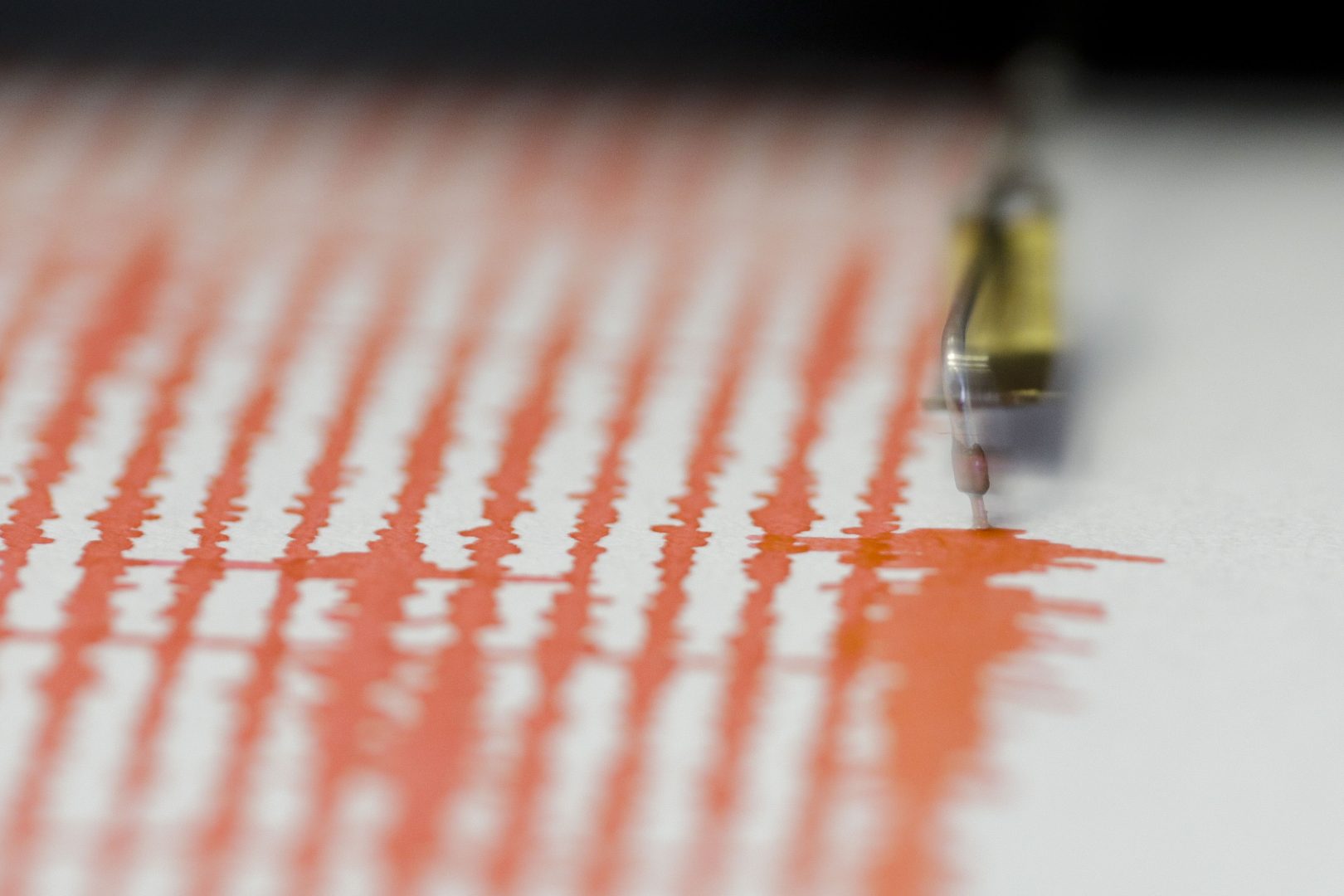National Portrait Gallery, London
The Victorian portraiture pioneer and the mysterious 70s American photographer who died at 22 both surprise in a quietly subversive exploration of their contrasting processes
Just over 100 years separates the creative lives of Julia Margaret Cameron and Francesca Woodman, one a Victorian pioneer of imaginative photographic portraiture, the other a 20th-century American artist who made performative and mysteriously elusive self-portraits. Though neither received the recognition they deserved in their lifetimes, they seem at first glance to be defined more by their differences than their similarities. Now, though, an ambitious exhibition at the National Portrait Gallery brings together the work made by both photographers in their short but incredibly productive working lives.
Cameron (1815-79), who was from a privileged colonial background, came late to the medium, having been given a camera in 1863, aged 48. A self-taught photographer in a still nascent medium dominated by men, she created her body of work in the final 15 years of her life. Woodman (1958-81) was art-school educated, from an artistic family: her father was a painter and photographer, her mother a ceramicist. She became fascinated with photography as a precocious teenager at private boarding school, hand-printing her first realised self-portrait in 1972, aged 13. Her intensely productive creative journey lasted just nine years and ended shockingly when she took her own life, aged 22.





